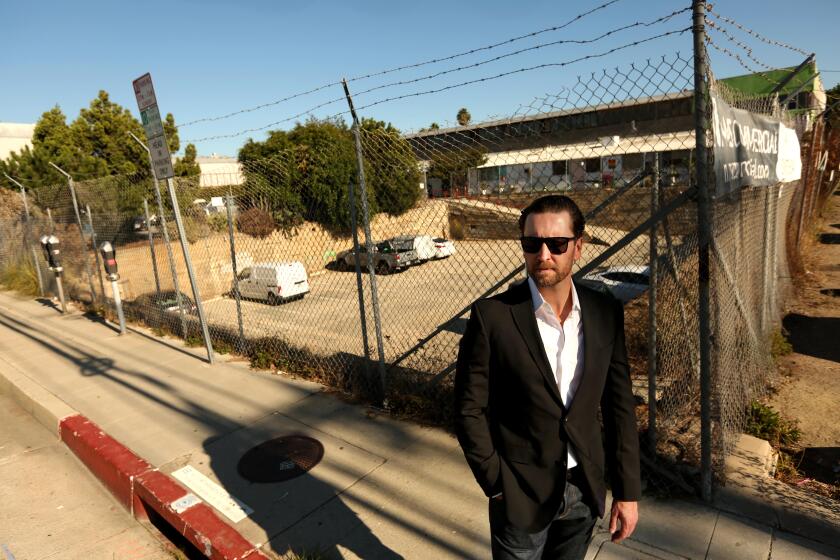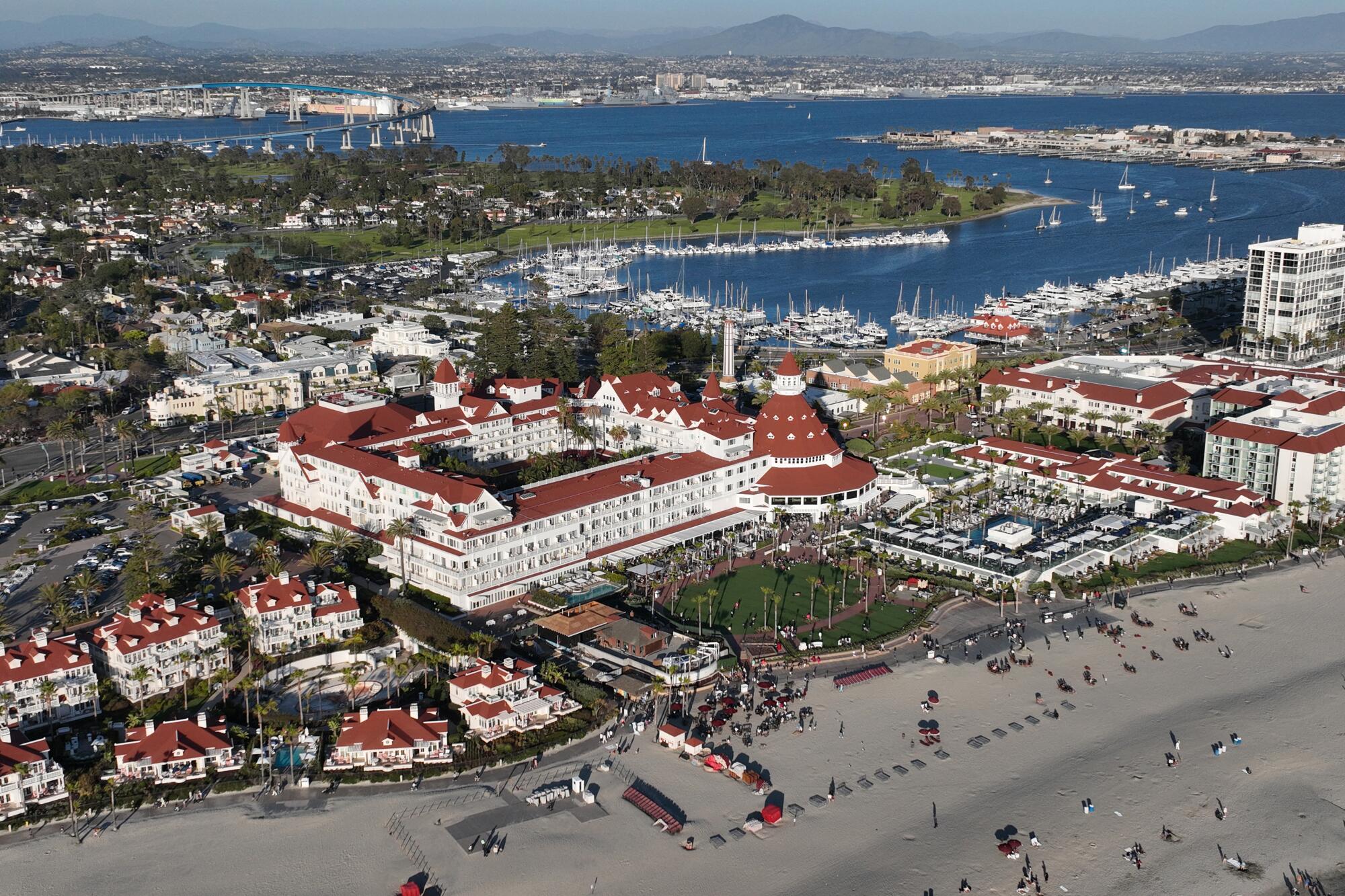
- Share via
CORONADO, Calif. — Some live in Mexico, waking up at 3 a.m. to cross the border in time for an 8:30 a.m. shift. Others board multiple buses for hours-long commutes. Those with cars idle bumper to bumper along a two-mile, softly sloping bridge.
Not one of the nearly 200 housekeepers at the Hotel del Coronado, a sprawling beach resort with a storied history, lives in Coronado, according to the union representing them.
The city is arguably the most flagrant resister of a state affordable housing law designed to give housekeepers and others, from teachers to nurses, a chance at an apartment in places that would otherwise be out of their reach.
Among other wealthy communities that have adopted various delay tactics, Coronado stands out for its long track record of openly flouting the law.
Coronado’s elected officials have thumbed their noses at Gov. Gavin Newsom and state regulators, calling the process “central planning at its worst” and assuring residents that it will be years before the state cracks down.
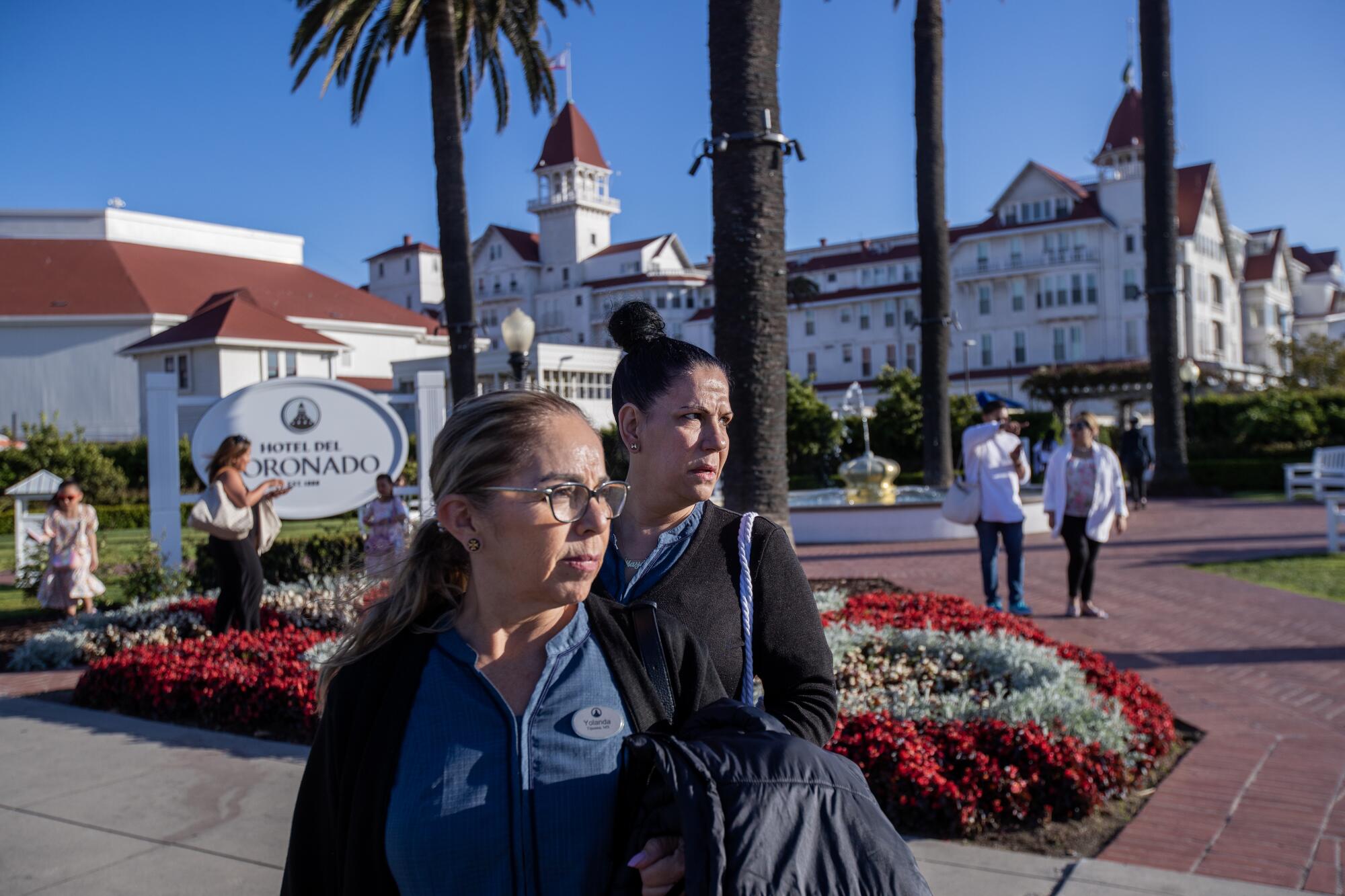
Newsom has talked tough about enforcing the law and others designed to ensure that cities zone for and approve new housing — one of his main strategies to remedy California’s crushing housing crisis.
But so far, Coronado has faced little consequence for its actions. Its required housing plan is two years overdue.
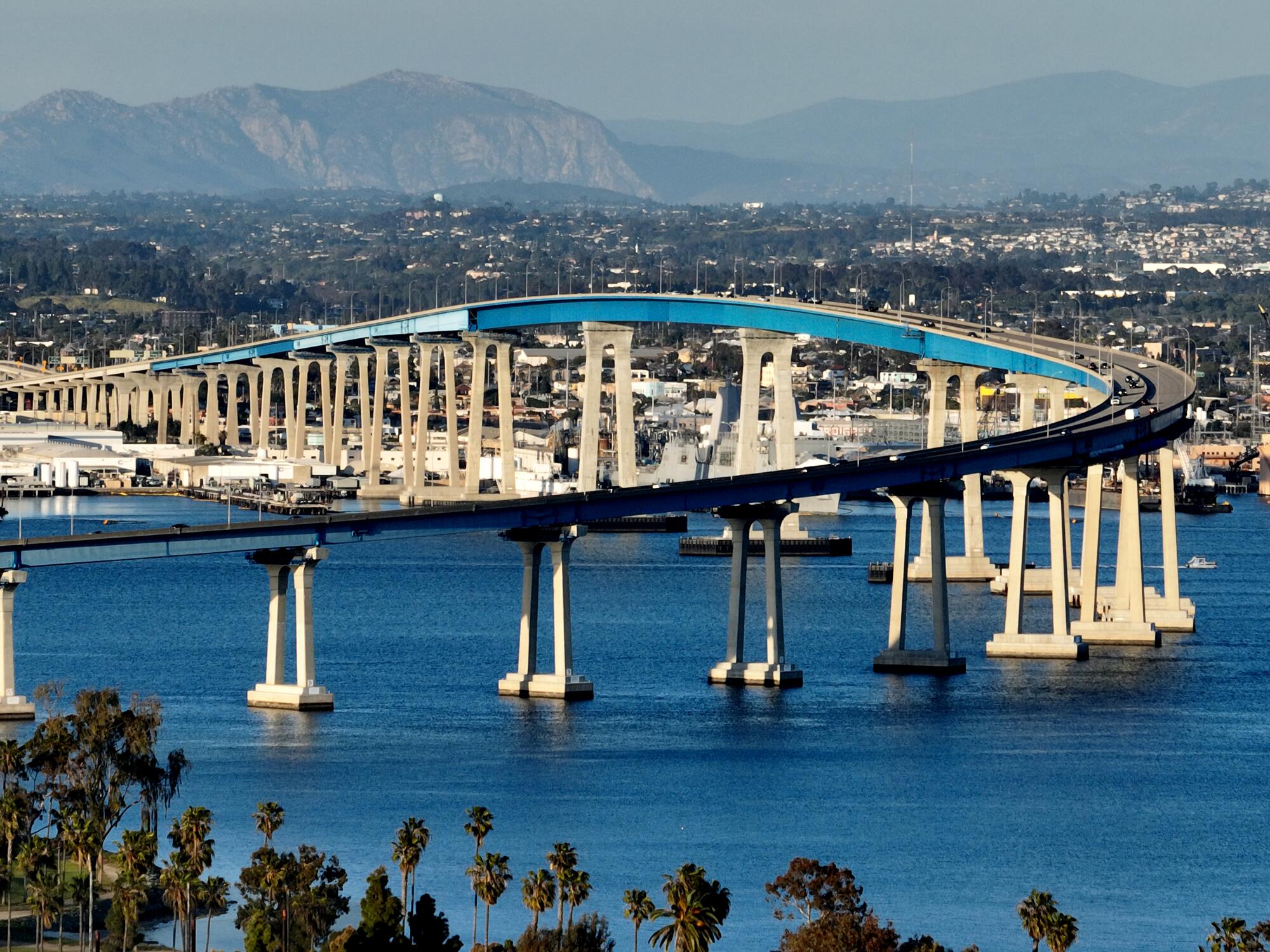
That leaves housekeepers like Yolanda Ramirez with no immediate hope of moving closer to their jobs.
Ramirez, 61, lives 40 minutes away in San Diego with her adult son and elderly mother. She earns $21 an hour at the hotel, and her $2,500 monthly rent eats up three-quarters of her paycheck. She said she would have to move to Tijuana if her son wasn’t also contributing financially.
“I feel like I work for nothing more than to pay the rent,” she said.
After an hour of debate, Herb Perez had had enough.
Coronado’s exclusivity is in part based on geography. Technically a “tied island,” with the southern end connecting to the mainland via a thin strip known as the Silver Strand, Coronado covers eight square miles. Its white sand beach is consistently rated one of the best in the nation.
To get there, thousands of people venture each day across a bridge that affords prime views across the island to the Pacific Ocean and then, as it curves, the downtown San Diego skyline.
Coronado’s international star power dates at least to the 1950s, when Marilyn Monroe filmed “Some Like It Hot” at the Hotel del Coronado. “Top Gun” and its recent sequel were set there, on account of the massive naval bases that take up more than half the island.

Median home value tops $2.2 million, according to the real estate website Zillow, and more than a quarter of the households earn over $200,000, U.S. census data show. Although the population can vary because of its military installations, 21,000 people live in Coronado — fewer than in 1990.
Housing construction primarily comes from teardowns of existing single-family homes to build new ones. It has been more than a decade since new low-income housing was built on the island, though the city recently purchased a duplex it’s converting to affordable housing.

Subscribers get exclusive access to this story
We’re offering L.A. Times subscribers special access to our best journalism. Thank you for your support.
Explore more Subscriber Exclusive content.
Affluent communities with little low-income housing have been among those most targeted by state legislators who have strengthened half-century-old laws requiring cities to plan for growth.
In the past, Coronado had to set aside land for only 50 homes to meet state requirements. But this time, it is responsible for 912, 70% of which should be affordable to low- and middle-income residents.
The allocation, which resets every eight years, derives from a complex formula based on projected population increases and proximity to jobs and mass transit, among other factors. The law doesn’t mandate that cities build or approve new housing, just that they zone for it.
Coronado leaders began fighting the requirement nearly four years ago, submitting official protests to the regional planning agency and state housing department, and filing a lawsuit that ultimately failed.
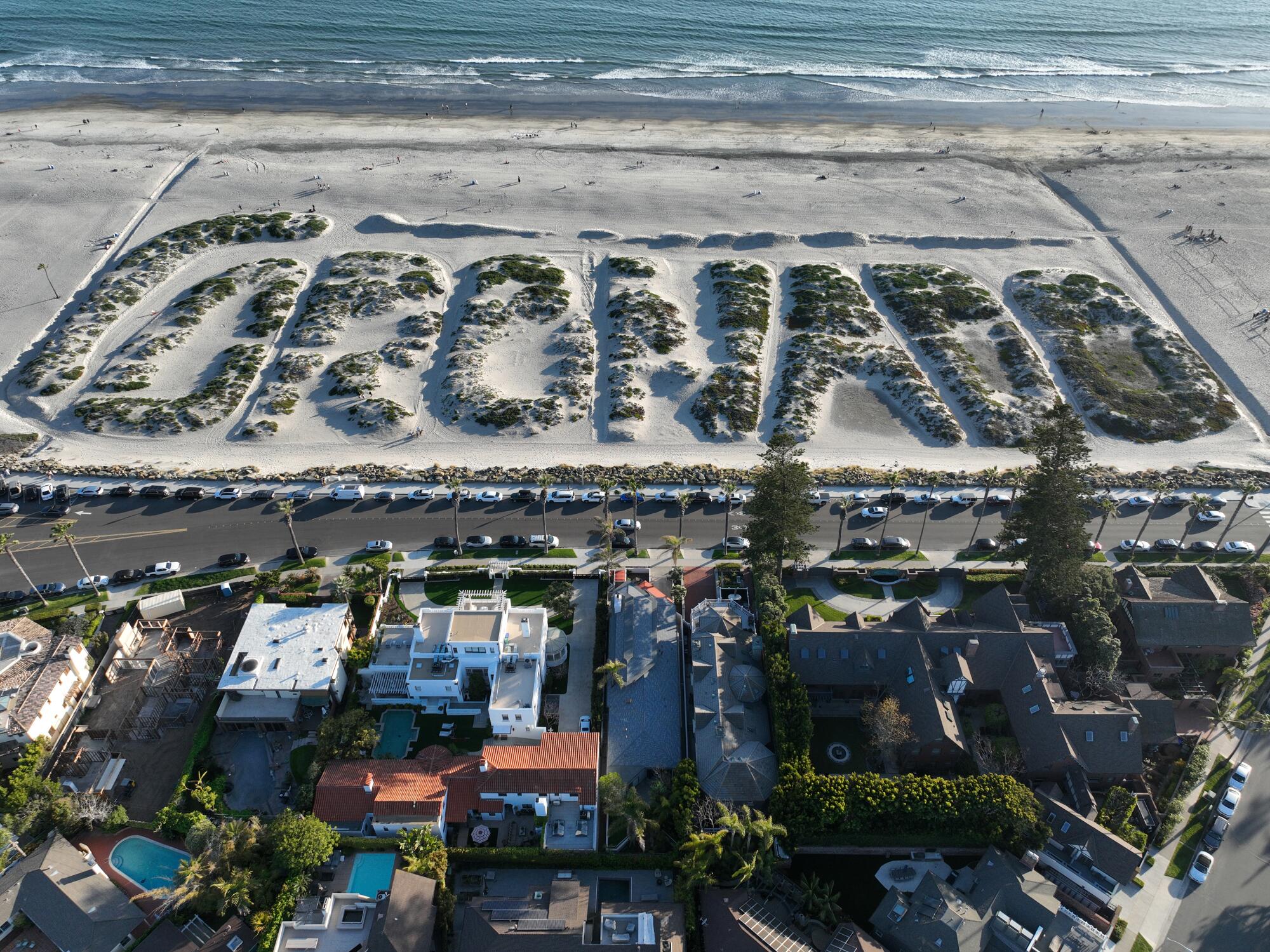
In 2021, as part of discussions to comply with the law, the city floated rezoning its 8.5-acre City Hall site to allow for 400 units of low-income housing along San Diego Bay, blocks from the yacht club, the Hotel del Coronado and the military base where Navy SEALs train. Across the street are 10 15-story condominium towers.
Condo owners flooded the city with emails and petitions warning that the housing would bring crime, lower property values and, according to one emailer, “a broad scope of social vices.”
Developers in Santa Monica are planning 4,500 new apartments under a little-known state legal provision — and the city might not be able to stop them.
They identified themselves as partners at high-end law firms, medical school professors, real estate developers and residents of Arizona, Colorado, Minnesota and elsewhere who used their condos as second homes. According to census data, more than a quarter of residences in Coronado are vacant, with the lion’s share listed for seasonal or recreational use.
Condo owner Dave Landis, who said he has been coming to the island for four decades, compared the City Hall housing plan to Adolf Hitler’s order to burn Paris to the ground in the waning days of the German occupation. Landis noted that Hitler’s general refused to carry out the command.
“400 housing units will not destroy Coronado, but it will irrevocably degrade the town with overwhelming human density and traffic,” Landis wrote to a city planner. “We hope you’ll play the role of the aforementioned general and not let this happen.”
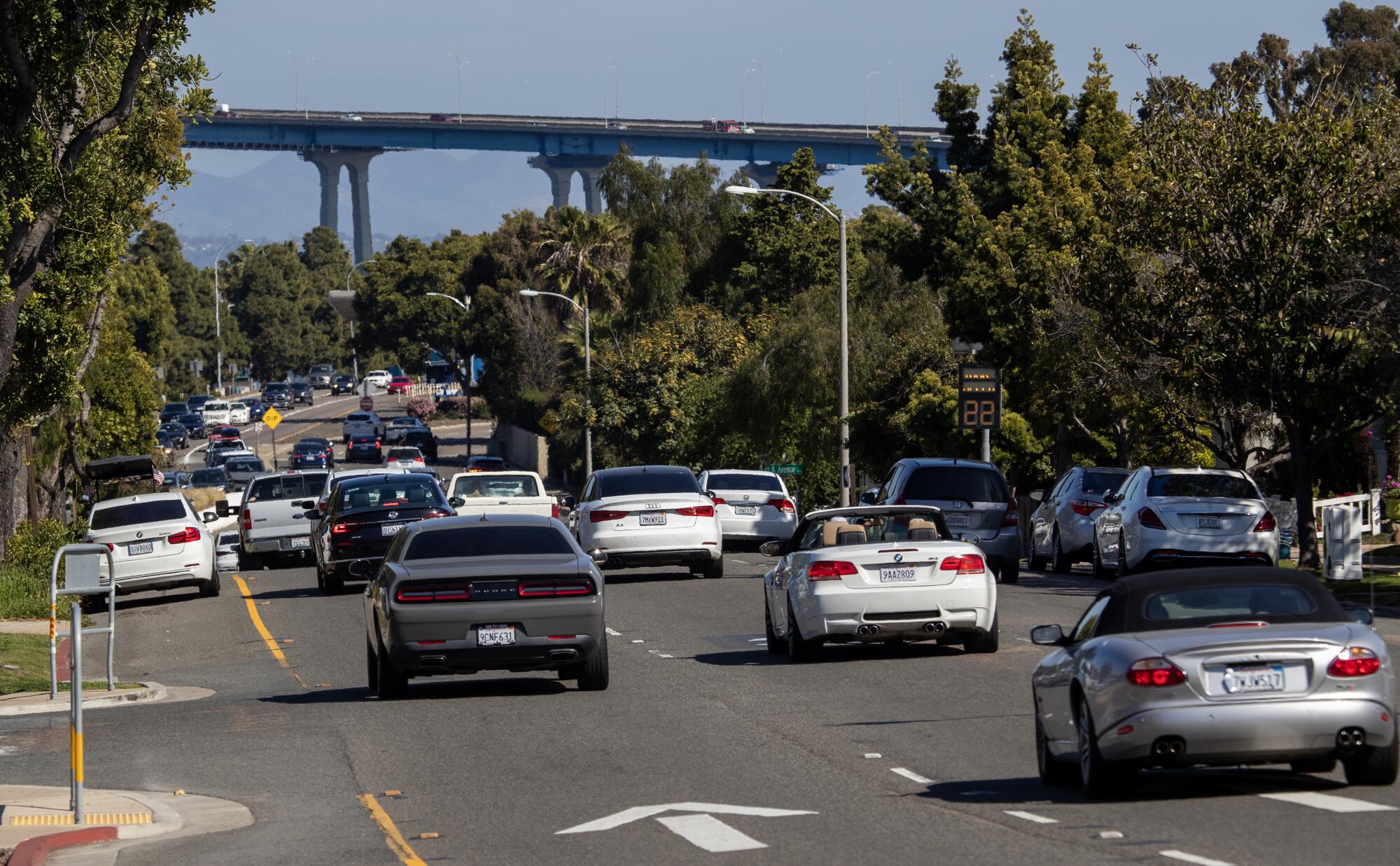
The city did not include the City Hall rezoning in the housing plan it submitted to the state.
The condo owners’ comments represent “the distilled liquor of NIMBYism,” said Stephen Russell, executive director of the San Diego Housing Federation, the region’s largest affordable housing advocacy group.
Russell said that while city officials haven’t used similar language, they’ve complained about the law more than anywhere else in San Diego County and advanced the worst plan for affordable housing.
If the city wanted to, Russell said, it could likely meet its target by allowing more development on church and school lands, promoting backyard homes and casitas, and providing incentives for greater mixed-use development along its main commercial corridor, which mostly features single-story restaurant and retail buildings.
Russell believes Coronado residents are tone deaf to the needs of the thousands of hospitality and service workers who commute to the island.
“With a strand and a bridge separating them from the actual living conditions of those who are working for them, it’s very easy for them to ignore the realities of the people who are paid to be silent and diligent,” Russell said.
Sitting on a white wooden bench in a park between the beach and his childhood home, Whitney Benzian said that many on Coronado would welcome housing that is affordable for teachers and firefighters as well as hospitality workers.
The problem, he said, is that residents have trouble envisioning where the new development would go because there’s little vacant land outside of Navy properties. Although the population hasn’t grown, Coronado has changed from a sleepy Navy town to a tourism mecca, he said. Residents know to stay off city streets by midafternoon, when traffic to cross the bridge can back up nearly a mile.
“It feels busier and busier,” said Benzian, 43, a real estate agent who recently served on the City Council. “The thought of 900 units, people go, ‘Oh, well, where is that going to be?’ And rightfully so.”
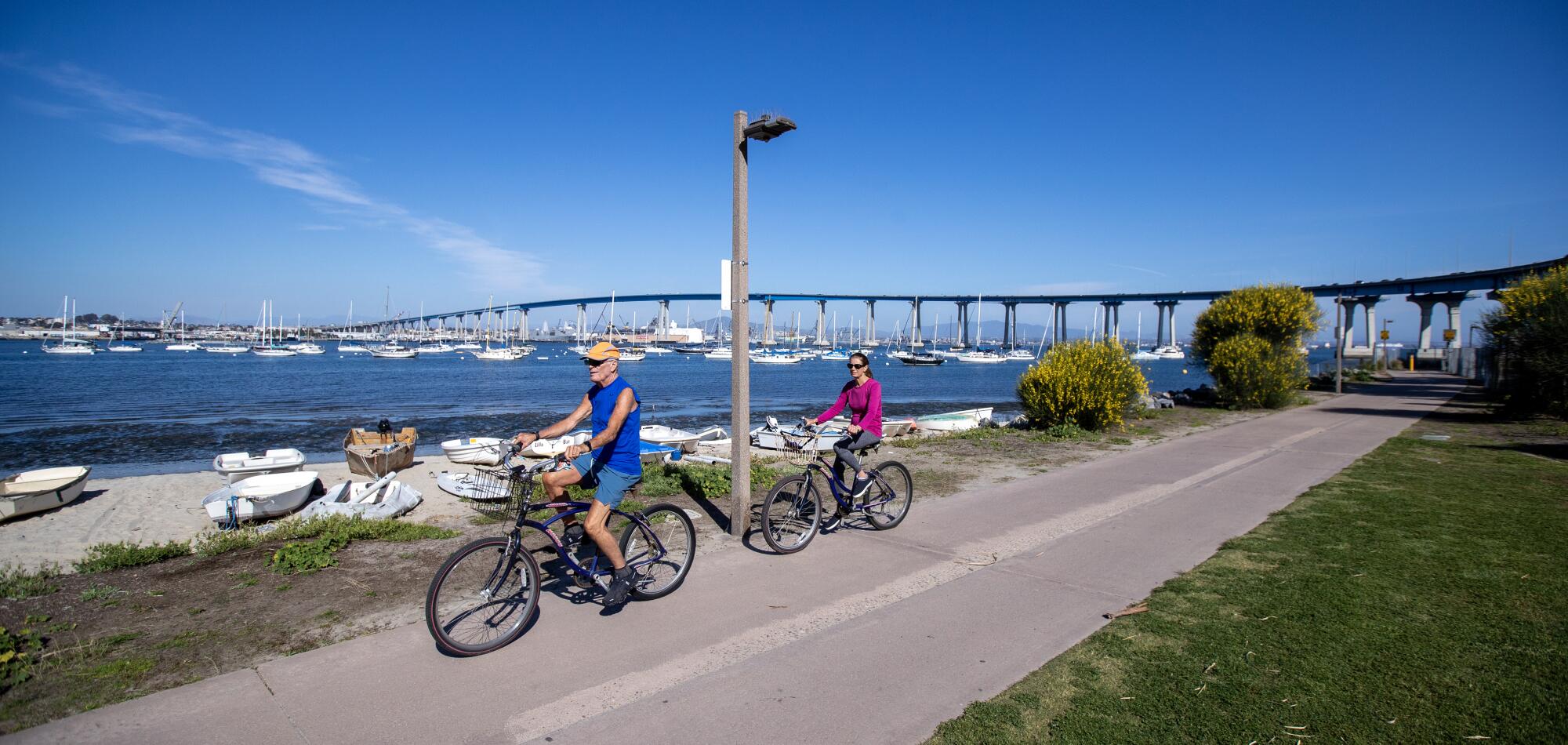
Coronado’s elected officials have been open about their disdain for the state zoning program. Mayor Richard Bailey, who referred to the mandate as “central planning at its worst,” also has called the process “absurd and nonsensical” with “no basis in reality.”
In mid-2021, Coronado sent a housing plan to the state that allows for only a third of the homes it’s required to zone for.
Coronado council members said they were aware that the state could crack down. But they weren’t worried.
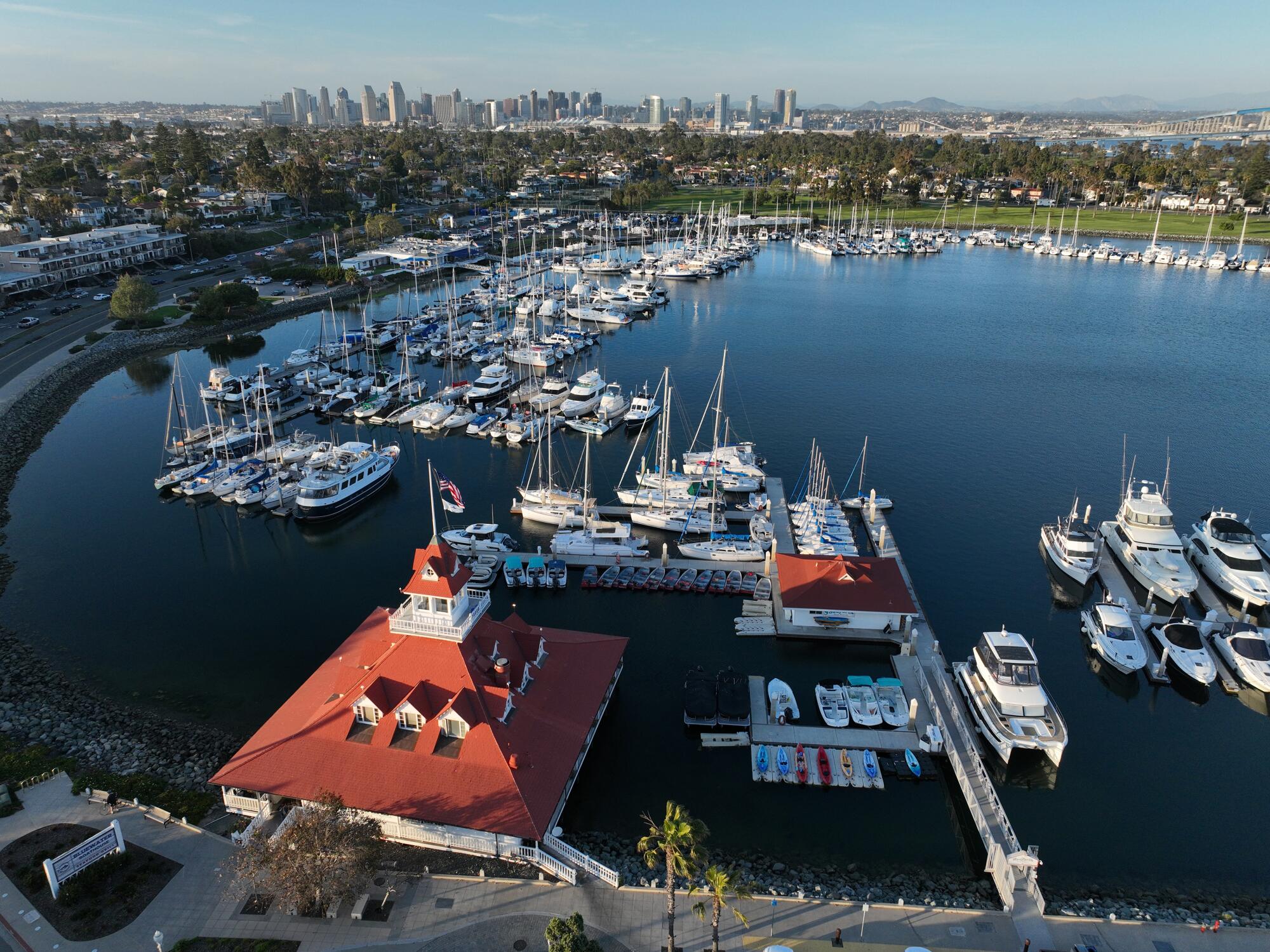
“We would probably have a few years before they might get serious about that,” Councilmember Mike Donovan said at a June 2021 meeting.
Donovan was right. State housing officials have yet to enforce the law against Coronado. In December, the housing department sent a letter telling the city it was in violation. City officials responded with an offer to tour the island to show its on-the-ground constraints — and state officials took them up on it, visiting last month.
Because Coronado is out of compliance, it’s ineligible for some state affordable housing dollars, an irony that Donovan in the 2021 meeting called “the least of our worries.”
In theory, Coronado’s violation of the housing law also gives developers latitude to build projects otherwise not allowed under zoning codes, a tactic recently tried in Santa Monica and elsewhere. But since the whole island falls under jurisdiction of the state Coastal Commission, developers would face hurdles to get approved.
Donovan and other city officials declined interview requests with The Times, with the council member saying he was focusing on updating the city’s plan to follow the law.
It could still be a long time before Coronado faces any significant penalty for its defiance. Assuming the state filed a lawsuit and won, the city would have at least another year to comply before monthly fines kicked in and even longer before a court-ordered receiver could take over its permitting and zoning.
The lawsuit that California filed against Huntington Beach is another clash in the conflict between the Newsom administration and the city on housing supply.
Some communities are complying and permitting new projects in the face of Newsom’s increased emphasis on accountability, but the resistance of well-off cities undercuts the governor’s message and underscores the failure to keep pace with the state’s profound housing challenges, said Paavo Monkkonen, a professor of urban planning and public policy at UCLA.
“Housing delayed is housing denied,” Monkkonen said. “With the urgency of this housing scarcity situation, inaction just makes it worse.”
The state’s battles with another wealthy coastal community, Huntington Beach, show the limitations of the law.
In 2019, Newsom authorized a lawsuit against the city for failing to zone for sufficient housing. The city agreed to settle that case and come into compliance.
But earlier this year, the state again sued Huntington Beach, which has not provided for enough housing in the next planning period. The lawsuit also alleges that the city had violated other housing laws.
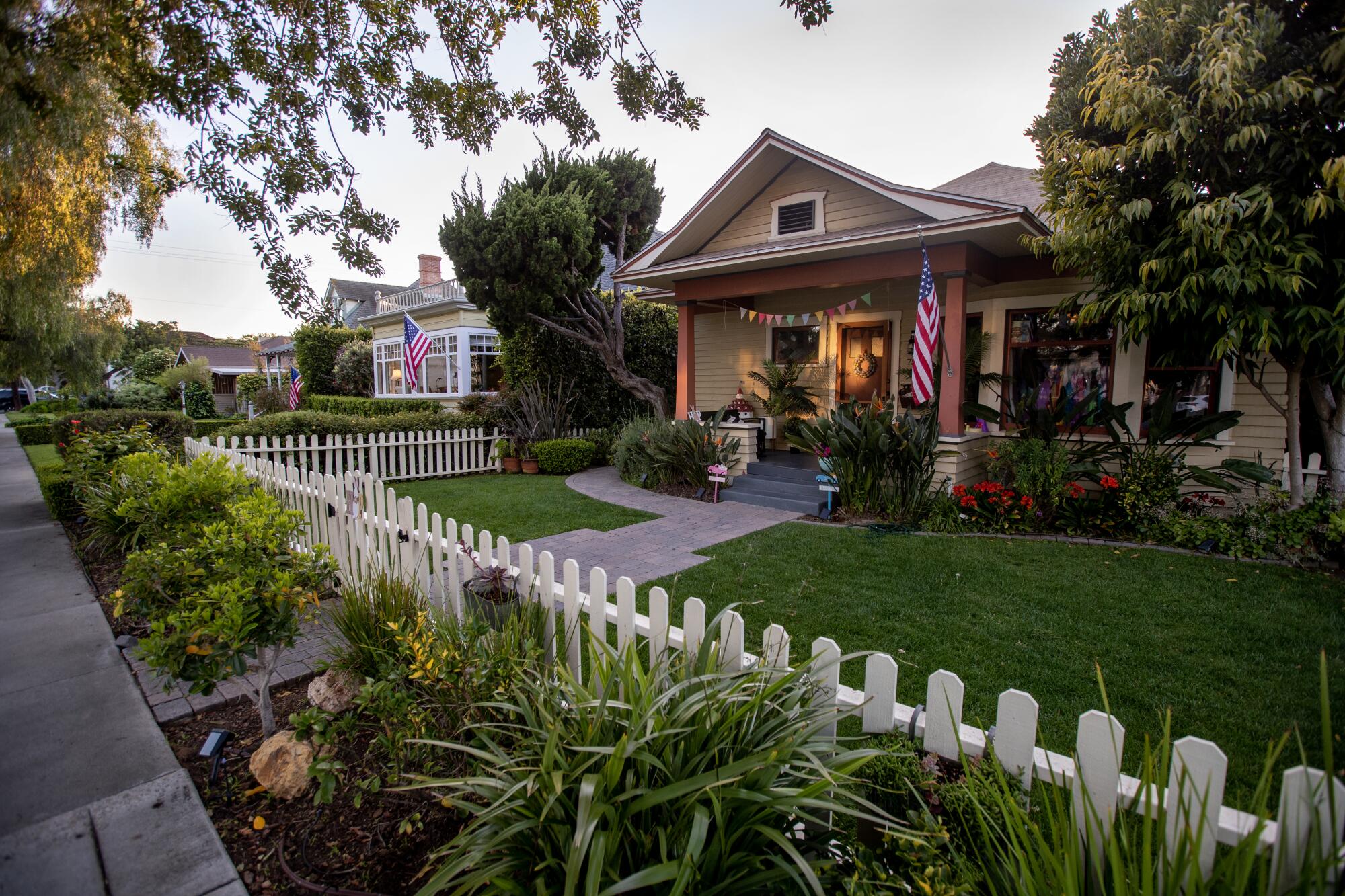
Statewide, more than half the communities with plans due in recent years, including those in Southern California and the San Francisco Bay Area, are out of compliance with the law, according to the housing department.
Jason Elliott, Newsom’s top housing advisor, acknowledged in an interview that the governor’s enforcement arm could act more quickly. But he contended that local officials are now more likely to approve more aggressive housing plans and affordable housing developments.
“Change manifests more slowly on housing than I think anyone would want,” Elliott said. “But if you look at where we are compared to where we were when the governor took office, I think we are in a meaningfully more improved place.”
Times staff writer Brittny Mejia contributed to this report.
More to Read
Sign up for Essential California
The most important California stories and recommendations in your inbox every morning.
You may occasionally receive promotional content from the Los Angeles Times.

